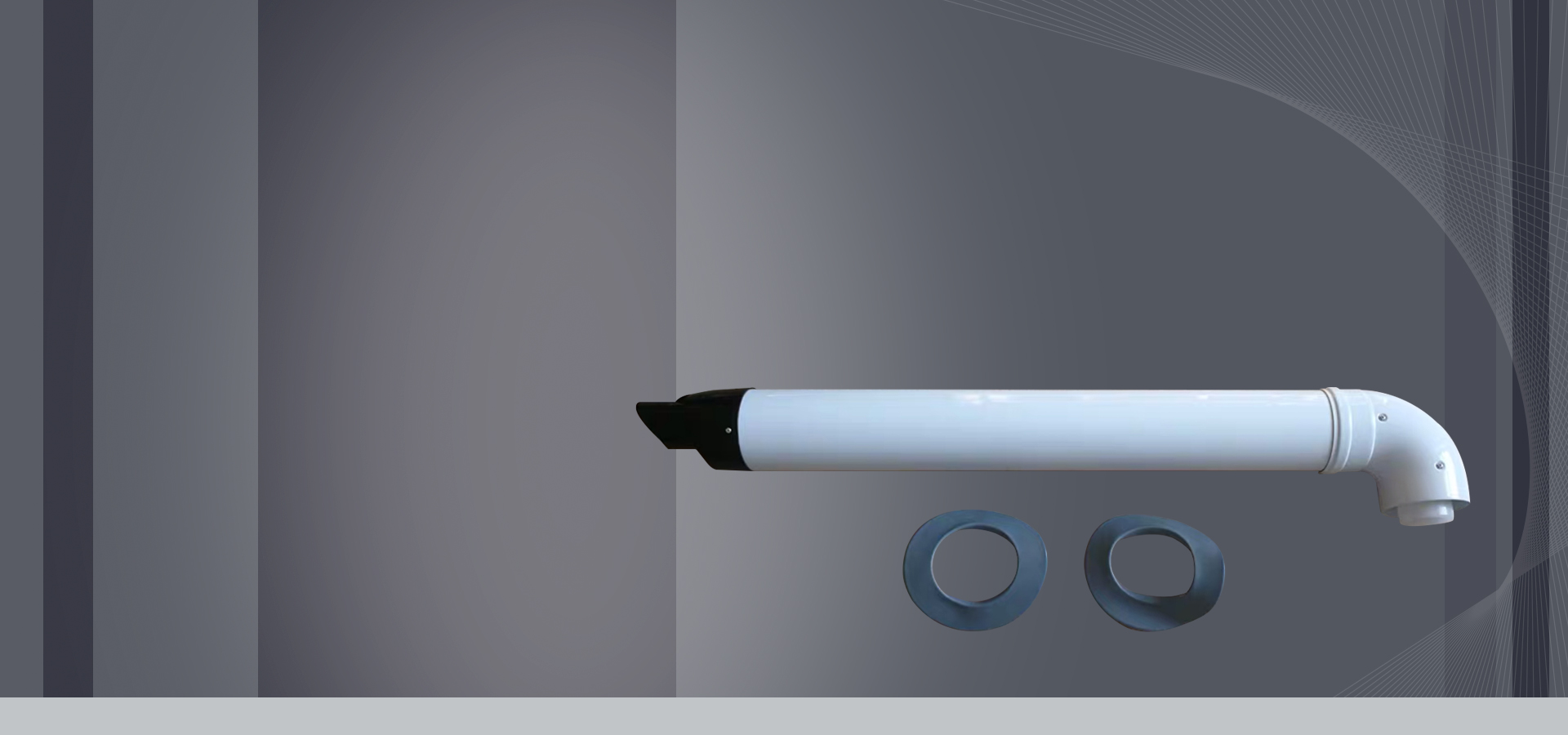All wood-burning stoves need a tight, well-designed and […]

All wood-burning stoves need a tight, well-designed and well-constructed chimney to maximize efficiency and minimize the danger of unwanted fire. Most homeowners who add a wood-burning stove will also have to add a chimney. This publication explains chimney requirements and provides basic information on how to construct the two general types of chimney, masonry and prefabricated metal.
The chimney serves two major functions in stove operation. It provides a draft, or vacuum which draws oxygen needed for combustion into the stove. It also discharges the products of combustion outside the living area. Some of the heat from the stove and occasional sparks are also discharged through the chimney. For this reason, chimneys must be carefully constructed and well maintained to prevent fires.
Draft is caused primarily by the natural rising of warm air (smoke) up the chimney. In general, the taller the chimney, the greater the draft. A warm chimney will provide greater draft than a cool chimney because a warm chimney does not cool the rising smoke. This is why stoves generally perform better after they have run long enough to warm the chimney than they do when they are first started. For the same reason, chimneys that are located within the house have better draft than those located completely outside.
Outside air currents can affect draft if they swirl around obstructions and blow down the chimney rather than across the outlet. Eddy currents of air that affect draft are most often caused by wind blowing across nearby parts of the building roof. For this reason, certain clearances have been established to reduce the problem. A chimney must extend at least 3 feet above a flat roof and at least 2 feet above a roof ridge or any raised part of a roof within 10 feet.
Sometimes getting enough vertical clearance to prevent eddy currents from affecting chimney draft is impossible. This may be because of unusual heights of nearby trees. A hood or chimney cap can sometimes be used to prevent eddies from interfering with draft. Caps and hoods also minimize rain entry into the chimney during periods of non-use.